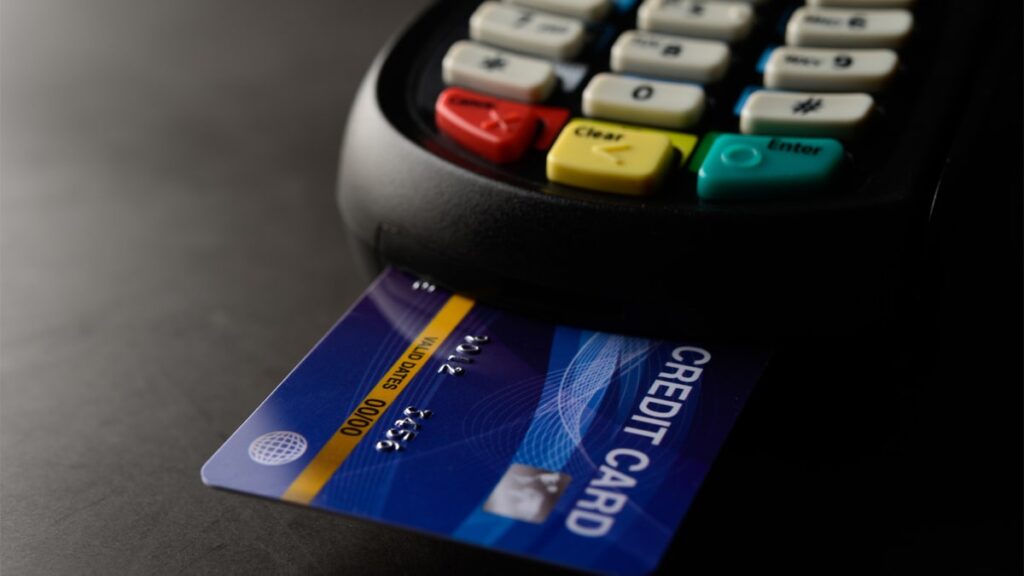When you have a credit card, paying attention to the Statement Date is crucial. This date is important because it’s when you need to pay for everything you spent during that month.
Credit cards can be a bit overwhelming if you’re not sure how to use them properly. That’s why it’s essential to be cautious when getting a new credit card.
Understanding the credit card billing cycle helps manage your finances with your credit card. This cycle encompasses the period from one Statement Date to the next, offering insights into your spending habits and helping you optimize your financial standing.
In this article, we’ll explain what the Statement Date is in a credit card statement, the credit card billing cycle, and more.

Table of Contents
Credit Card Billing Cycle
The Credit Card Billing Cycle is a timeframe cycle during which the credit card transactions are recorded and your monthly statement is generated by the Credit Card company. There are various key components of a typical credit card billing cycle-
Start of the Cycle
The billing cycle begins on the first day after the previous Statement Date. For instance, if your last statement was generated on the 15th of the month, the new billing cycle commences on the 16th.
Transaction Recording
Throughout the cycle, every purchase, payment, or credit made on your card is recorded by the credit card issuer for the billing cycle.
Credit Card Usage
This period is when you can use your credit card for various transactions, such as shopping, dining, or paying bills. Your credit limit dictates the maximum amount you can spend during this cycle.
Credit Card Statement Generation
The Credit Card Statement is typically generated on the same date each month, known as the Statement Date. It summarizes all the transactions made during the billing cycle for the cardholder to repay.
Due Date
Following the Statement Date, you are given a grace period until the Payment Due Date to settle the outstanding balance.
What is a Credit Card Statement Date?
The Credit Card Statement acts as a point at which the monthly financial cycle ends. It typically ranges from 1st to the last day of the month.
The Statement Date is the occasion when your credit card issuer compiles and generates a detailed summary of all your transactions.
After the Statement Date, a grace period ensues, offering cardholders the opportunity to review their statements and make timely payments before any additional fees are incurred.
This statement contains not only your purchases but also payments, fees, and interest charges accrued during the billing period.
How is the Credit Card Payment Due Date Calculated?
The Credit Card Payment Due Date is usually set a specific number of days after the Statement Date. This gap allows cardholders sufficient time to review their statements and make payments. The exact number of days can vary from credit card issuer but is commonly around 20 to 25 days.
How Does the Credit Card Billing Cycle Affect Your Credit Score?
The Credit Card Billing Cycle plays a significant role in shaping your credit score. The Credit score acts as proof that the credit card holder is responsible and would pay his debt in time. There are some other elements related to the credit card which can influence the credit score, which are as follows-
Payment History (35% of Credit Score)
Your payment history is a substantial factor in determining your credit score. Timely payments within the billing cycle help you maintain a good credit score and it has to be maintained consistently otherwise it could result in a low credit score.
Credit Utilization (30% of Credit Score)
Credit utilization, or the ratio of your credit card balances to your credit limits, is closely tied to the billing cycle. The lower your credit card balances relative to your credit limits during the billing cycle, the better it is for your credit score. High credit utilization can negatively impact your score, so managing balances wisely throughout the cycle is essential.
Credit Mix and Types of Credit (10% of Credit Score)
A mix of credit like credit cards, Home loans, car loans, etc. can positively impact your credit score. The way you handle credit card payments within the billing cycle contributes to this aspect.
New Credit Card (10% of Credit Score)
A new credit card requires a hard inquiry into your credit score which can temporarily impact your credit score. Getting a new credit card is easy, but responsible credit management within the cycle can mitigate potential negative effects.
Length of Credit History (15% of Credit Score)
A longer credit history generally has a positive impact on your credit score, showcasing your experience in managing credit over time.
FAQ
The Minimum Amount Due is the smallest amount you need to pay to avoid late fees, and it is usually a fraction of the total balance.
The Credit Card Billing Cycle is a recurring periodic occurrence during which your credit card transactions are recorded, leading to the generation of your monthly statement.
The cycle usually begins the day after the previous Statement Date and concludes on the Statement Date of the current month.
Maintaining lower credit card balances relative to credit limits during the cycle positively improve your credit score ratio and, hence, your credit score.
I’m Shiv Kumar, a graduate with a passion for finance, marketing, and technology. My journey into finance started with a desire to understand money management and investing.
Our main goal is to empower individuals through financial education. We believe that everyone should have the opportunity to build a strong financial foundation. Whether you’re a seasoned investor or just getting started, we provide articles, guides, and resources to help you navigate the financial landscape.
I invite you to join our community of financially savvy individuals. Feel free to ask questions, engage with our content, and explore the topics that matter to you. Together, let’s take control of our financial futures.




